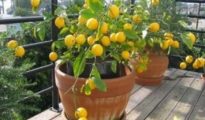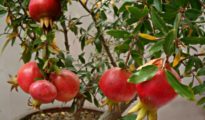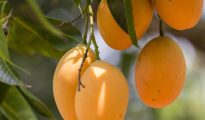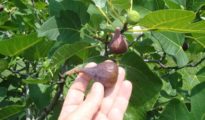If you love trying out different fruits, then you absolutely must learn how to grow cassabanana fruits! Especially if you have some garden space and a long summer, growing cassabanana fruits is easy and exciting! These long, orange fragrant fruits are not only fun to grow, but they're also deliciously sweet and will be the talk of your garden! Keep reading to find out how to grow cassabanana fruit, care for it, and harvest it too!
How to Grow Cassabanana
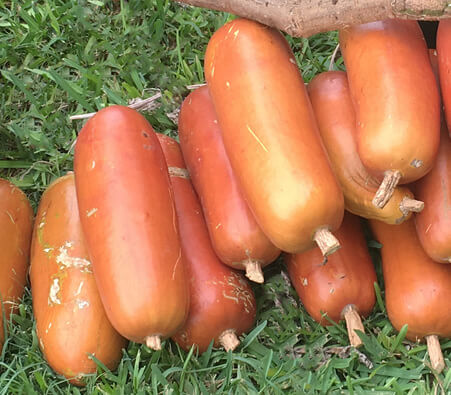
Contrary to its name, the cassabanana fruit does not belong to the banana family, but rather, it's a variety of gourd. Surprisingly enough though, the cassabanana fruit is more similar to a melon is scent and taste and will grow to about 2 feet in length and about 5 inches in thickeness. These perfect cylinders of a fruit have a very thick skin that needs to be hacked open using a machete. The flesh is similar to that of a melon or a cantaloupe and is often used in homes as an air freshener as well as a moth repellent.
Growing Cassabanana:
- Cassabanana plants are native to Brazil, but are now grown all throughout South America, Central America, and the Caribbean.
- You can grow cassabanana in USDA zone 6 if you start early indoors.
- Prior to planting the seeds, it's important to soak them first.
- Plant the seeds about an inch deep and place in a bright, sunny location.
- Transplant outdoors once all danger of frost has passed.
- If you do not live in a warm area, you can also try growing cassabanana indoors!
- The plant is actually a vine that can grow up to 50 feet in length, so make sure you have lots of space.
- To make sure the vines don't overwhelm the rest of your garden, make sure to set up a trellis.
- Keep the plant moist throughout the season.
Harvesting Cassabanana:
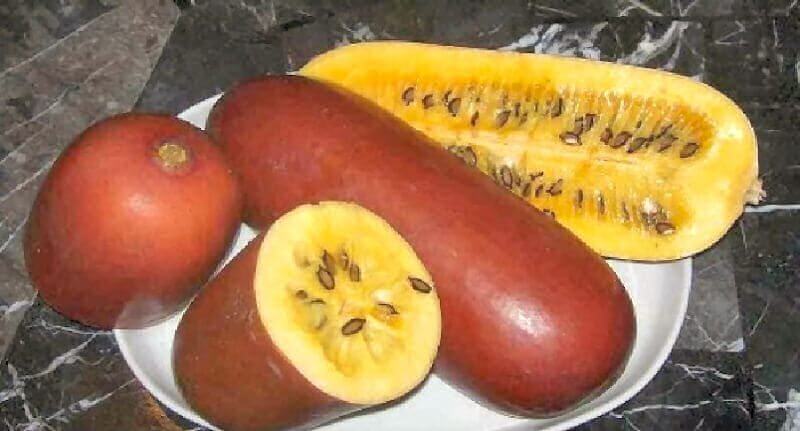
- Cassabanana is ready to harvest once the skin becomes shiny and smooth.
- Use a knife to cut the fruit off the vine and use a machete to cut it in half (just like you would a melon).
- Eat it raw or use it in fruit salads, or put it throughout your home (uncut) as an air freshener!
Happy Planting!



